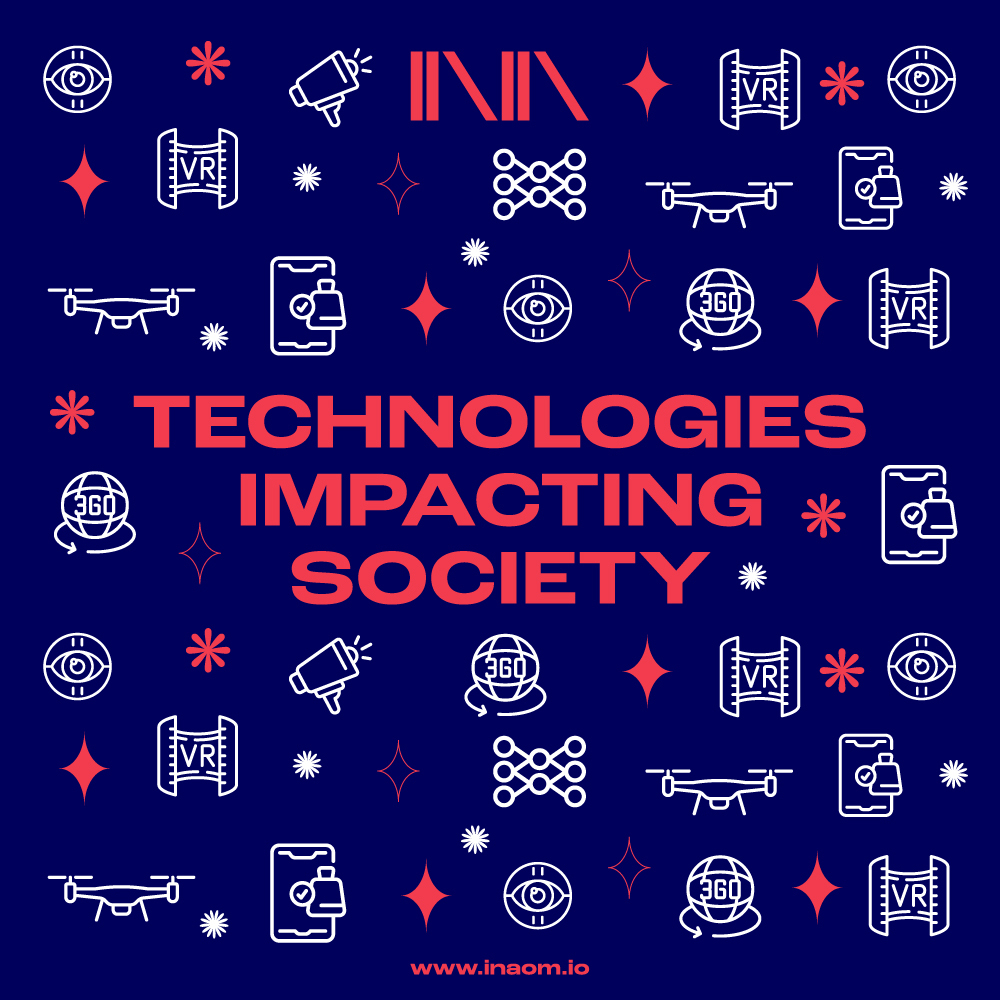
Drones have become an indispensable technology in many industries, and their use is expanding at a rapid pace. From healthcare to environmental conservation, drones are transforming the way we approach various challenges. This article explores how drones’ fourth industrial revolution can improve well-being and protect the environment, and the challenges that must be overcome for their full potential to be realised.
Improving Healthcare Access
One of the most significant applications of drones is in the transport of medical supplies, particularly in remote areas. In countries like Rwanda and Ghana, drones have been used to deliver blood products to areas that are difficult to access by road. This has been particularly critical in emergency situations, where timely delivery of medical supplies can be a matter of life and death. Additionally, drones can be used to transport medical equipment and vaccines, particularly in areas where infrastructure is poor or non-existent.
Better Connectivity for Remote Communities
Drones can also improve connectivity in remote areas by providing a means of delivering essential supplies like food and water. This is particularly important in areas that are difficult to access by road or where infrastructure is poor. In some cases, drones have also been used to deliver internet connectivity to remote communities, providing them with access to vital services like telemedicine and education.
Aerial Imaging for Disaster Management
Drones can provide low-cost and efficient ways to prepare for and respond to natural disasters. Before a disaster occurs, drones can enable rapid and affordable mapping of terrain and population patterns to help assess flood risks. Once a disaster has occurred, drones can be used for search and rescue operations, and to assess damage to infrastructure. In some cases, drones can also be used to provide real-time monitoring of weather patterns, allowing for early warning of potential disasters.
Environmental Conservation
Drones are increasingly being used for environmental monitoring and conservation efforts. They can provide more granular and targeted data on climate change impacts and the neglect of natural resources. For instance, indigenous people in Brazil have used drones to monitor illegal deforestation activities in their territories. Drones can also collect data from remote areas, improving our collective understanding of the ocean and its ecosystems.
Challenges to Overcome
While the potential of drones is significant, there are several regulatory and social issues that must be addressed to ensure their effective use. Organisations must guard against using relatively poor countries to test out systems that would be restricted in wealthier places. Additionally, there are concerns about privacy and security, particularly when drones are used for surveillance purposes. It is also essential to ensure that drone operations are carried out in an environmentally sustainable manner.
Conclusion
Drones have become a critical tool for improving well-being and protecting the environment. From healthcare to disaster management and environmental conservation, their applications are diverse and far-reaching. While there are challenges that must be addressed, if regulations and policies that support drone use can be developed and implemented in enough areas, their promise is rich and varied. Drones can help us build a more sustainable, equitable, and resilient world for all.
Frequently Asked Questions (FAQs)
Can drones really reach remote communities with the internet?
Absolutely! Drones are like floating Wi-Fi towers, connecting remote areas to the digital world.
How do drones help in disaster management?
Drones act as aerial eyes. They map terrains, assess flood risks, aid in search and rescue, and even predict potential disasters.
What challenges do drones face?
Regulation, privacy concerns, and eco-friendliness top the list. Striking the balance is crucial for their effective deployment.
How do drones contribute to environmental conservation?
Drones monitor climate change, thwart illegal activities like deforestation, and gather precious data about our oceans’ health.
Can drones really deliver medical supplies?
Absolutely! Drones swiftly transport blood, medical equipment, and vaccines to remote areas, ensuring timely healthcare access.










